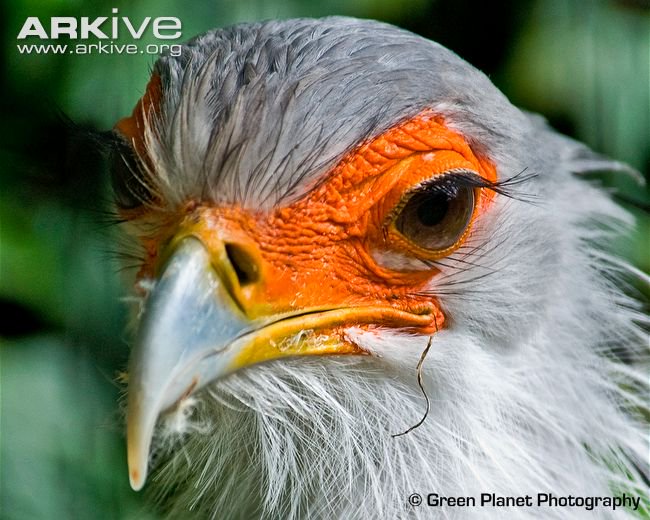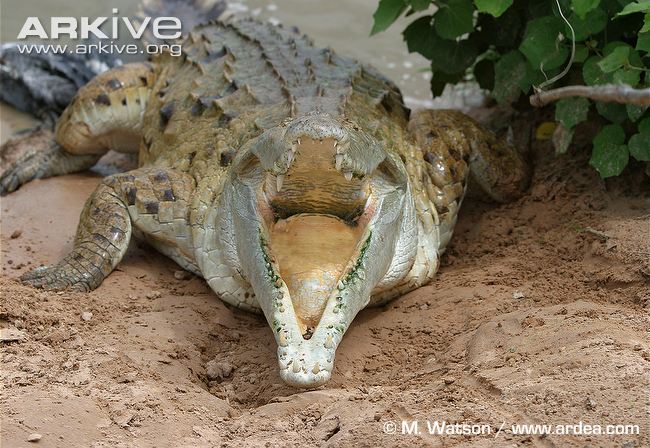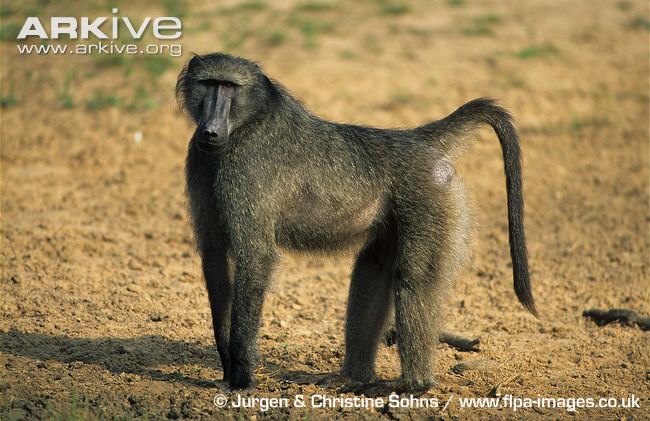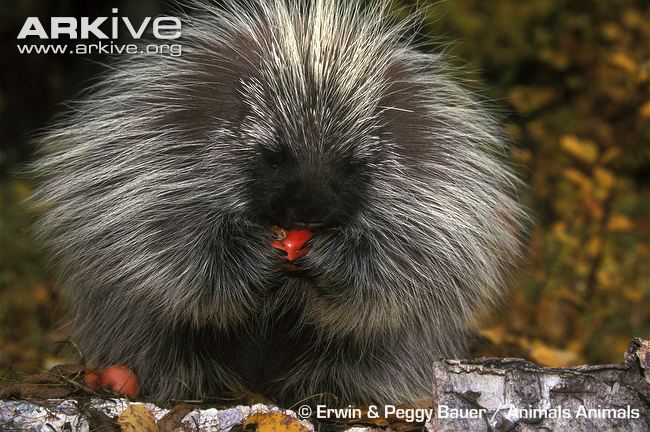NEXT UP: 2nd-seed Green Anaconda (Eunectes murinus) vs. 15th seed Tardigrade (Milnesium tardigradum) #2018MMM 

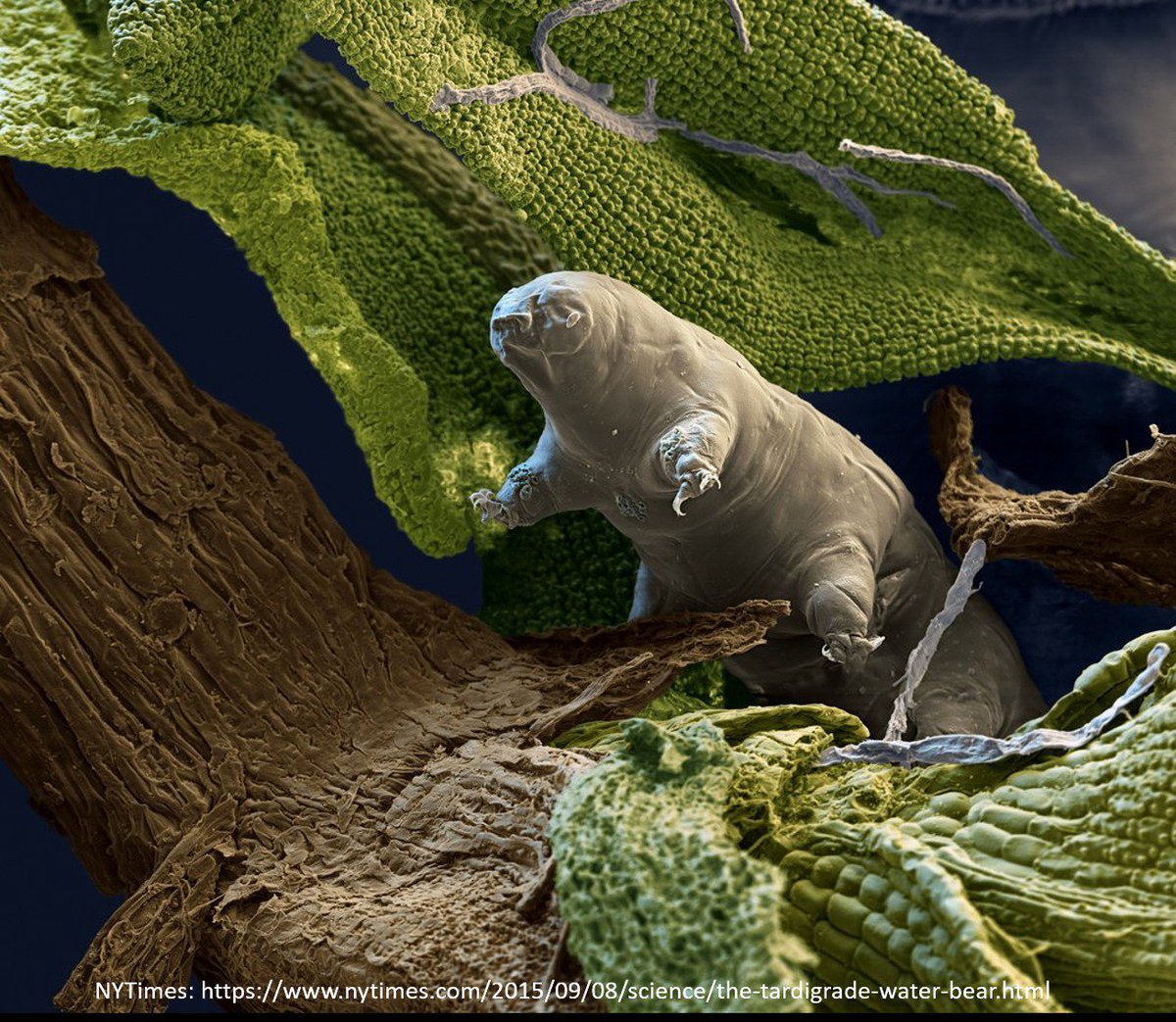
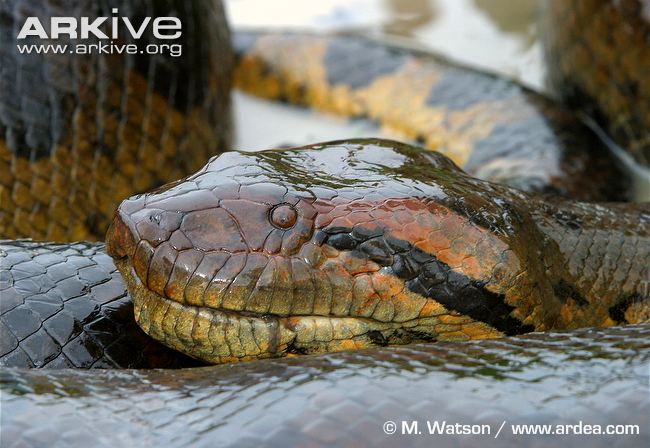
The tardigrade was discovered by German Pastor J.A.E. Goeze in 1773. He dubbed it a "water bear" based on the way it moves-like of a bear lumbering around. Water bear isn't the only name for the tardigrade, however. It is also known as the "moss piglet". #2018MMM
A moss piglet known by any other name would be just as indestructible. Tardigrades are "extremophiles" that withstand environments up to and including the vacuum of space. The post-apocalyptic world is one of cockroaches and tardigrades. #2018MMM
Their ability to undergo a process called "cryptobiosis" is the secret to their survival in so many harsh environments. They die, but reversibly. #2018MMM onlinelibrary.wiley.com/doi/abs/10.111… Pic: sarahmckayart.tumblr.com/post/116008652… 
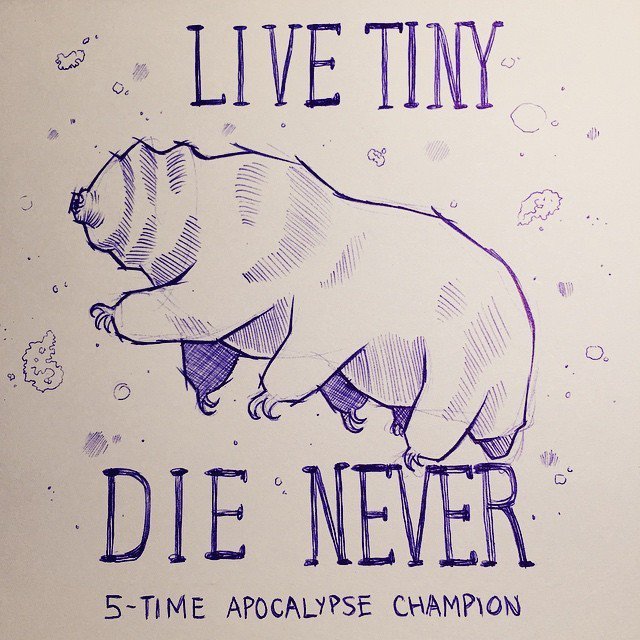
There are over a 1000 described species of tardigrade, with another one discovered JUST IN TIME FOR #2018MMM by #actuallivingscientist @gaou_ak! Look, they even got a video of them pooping! #poopsci Video: Article: news.nationalgeographic.com/2018/03/tardig…
However, tonight we're focusing on Milnesium tardigradum, a carnivorous species of tardigrade found in a diversity of habitats, including in your backyard! Here's a guide to finding to help you find them on moss at home from @MBL! #2018MMM serc.carleton.edu/microbelife/to…
While the green anaconda is also pretty widely distributed, it probably isn't in your backyard. These semi-aquatic reptiles are found throughout South America's swamps & marshes. #2018MMM en.wikipedia.org/wiki/Green_ana… 
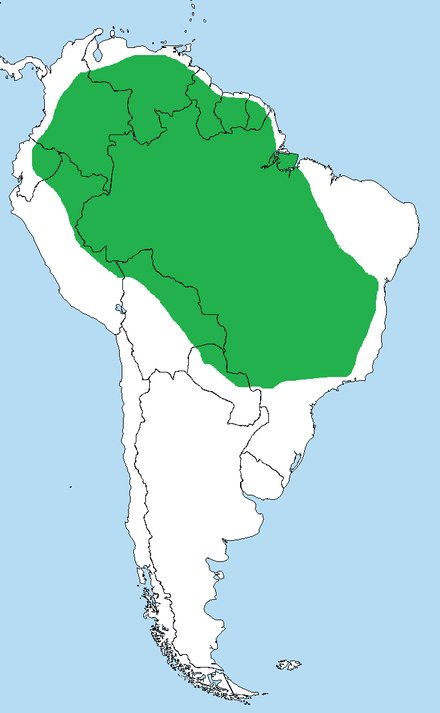
Normally, here I'd include the IUCN conservation status, but the anaconda has actually not been assessed. While parts of these giant constrictors are used in ethnomedicine, their greatest threats are probably habitat loss & the exotic pet trade. #2018MMM link.springer.com/article/10.100…
These snakes can constrict prey as large as deer, capybara, caiman, & jaguars. #2018MMM (PS we love dissertations her at #2018MMM) citeseerx.ist.psu.edu/viewdoc/downlo… 



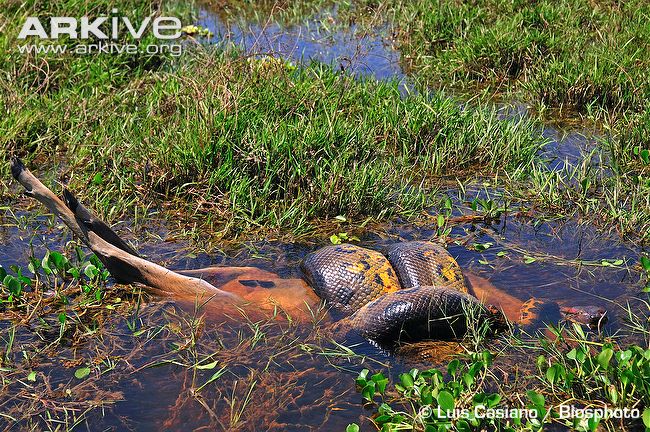
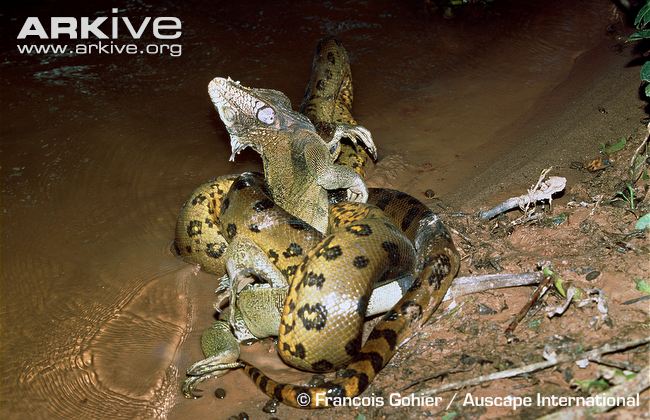
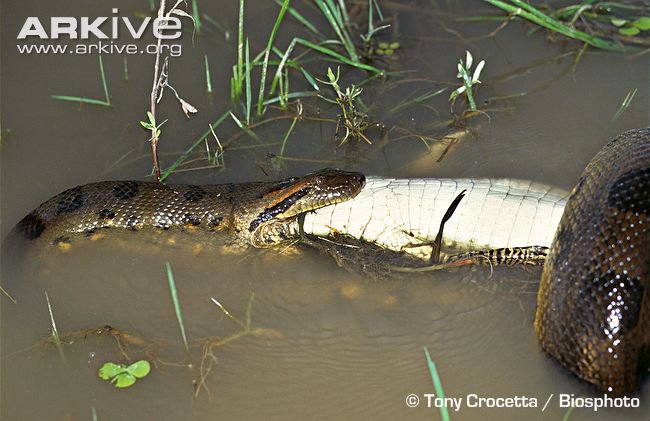
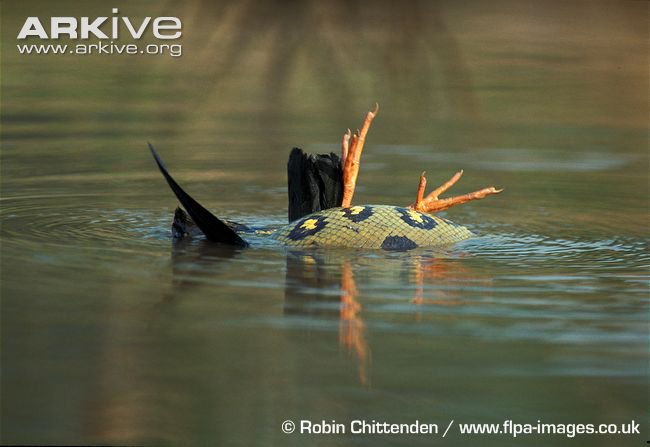
Our battle tonight takes place in the floodplain forests of the Amazon, the hometurf of the green anaconda. #2018MMM wwf.panda.org/what_we_do/whe… 
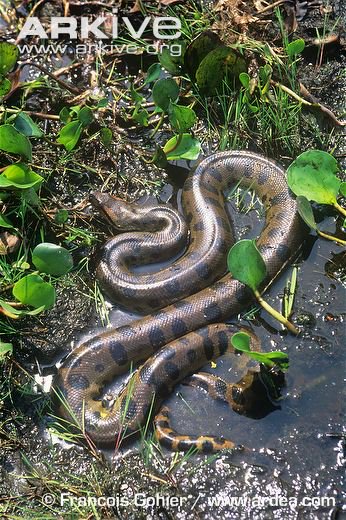
Water Bear is hungry and on the hunt atop some aquatic hyacinth. #2018MMM
The air is stagnant. The water of the marsh remains still, except for a few splashes from a small herd of capybara hanging out at the forest's edge. #2018MMM 
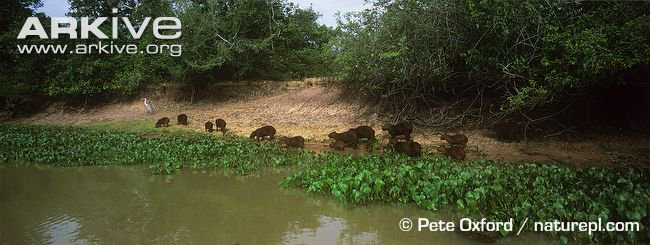
The splashing capybara are unwittingly near a HUGE 5.21m (17.1ft) female anaconda studied by #actuallivingscientist Dr. Jesus Rivas. Female anacondas are much larger than the males: this lady comes in at 97.5kg (215 lbs/443.2 stoats). Unfed. #2018MMM news.nationalgeographic.com/news/2002/04/0… 

The Anaconda gave birth last year and needs to shore up her reserves if she'd like to reproduce again next year. She is hungry for some ROUS, and waits as a juvenile capybara wanders closer from the margins of the herd. #2018MMM 
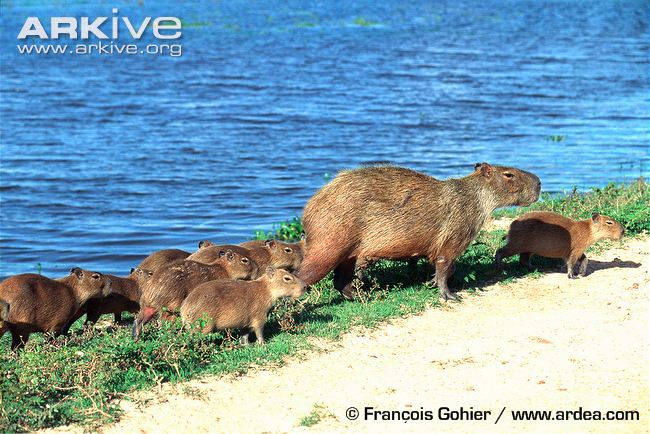
The aquatic hyacinth parts ever so slightly. #2018MMM Image from animalfactguide.com/animal-facts/g… 
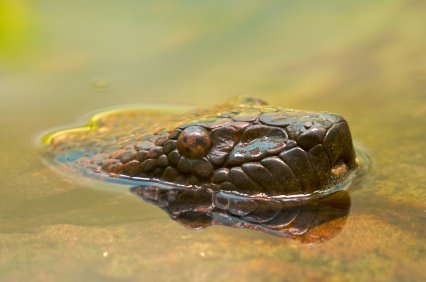
Only her the eyes and nostrils atop her head are visible- an adaptation to aid in her aquatic hunt. Her tongue darts in and out of her mouth in a "predatory tongue flick". #2018MMM researchgate.net/profile/Jesus_…
Our water bear has also been stalking its prey, a smaller tardigrade of the genus Diphascon. Each movement of Tardigrade's stumpy, unjointed legs brings them closer to their prey and exposes their double claws. Like Anaconda, Tardigrade will swallow their prey whole. #2018MMM
The juvenile capybara startles just as Anaconda strikes! #2018MMM
Anaconda's erupts through the hyacinth Tardigrade is hunting on, and Tardigrade tumbles somersaulting in the water swirls, bouncing down the length of Anaconda. #2018MMM
GREEN ANACONDA DISLODGES TARDIGRADE!!! #2018MMM
But... wait... what is that on Anaconda's scale... #2018MMM
External Tweet loading...
If nothing shows, it may have been deleted
by @TheOddAngel view original on Twitter
FIND OUT WHAT HAPPENS TO WATER BEAR IN ROUND 2 NEXT WEEK #2018MMM
• • •
Missing some Tweet in this thread? You can try to
force a refresh


